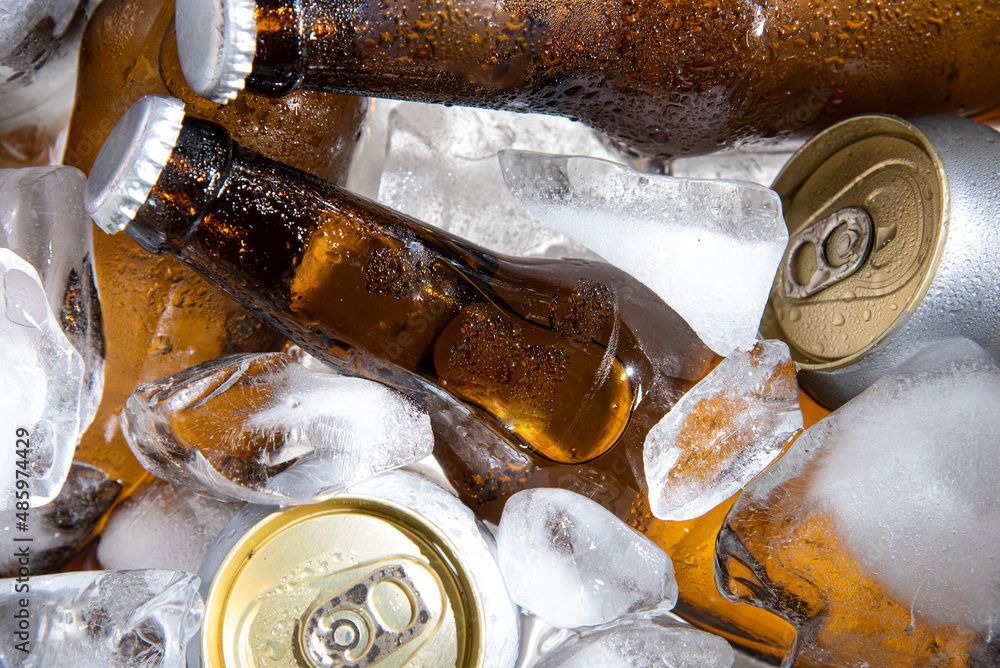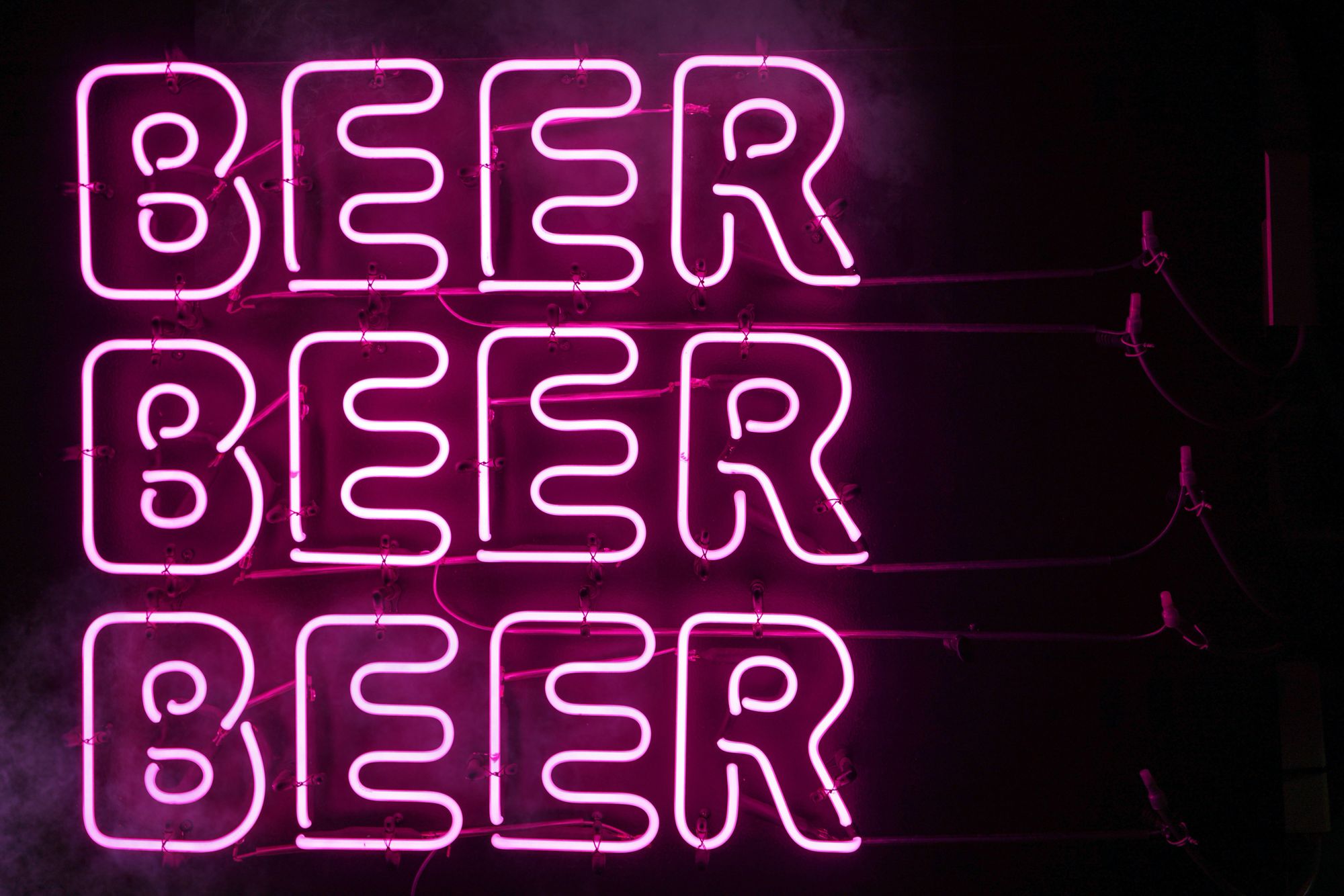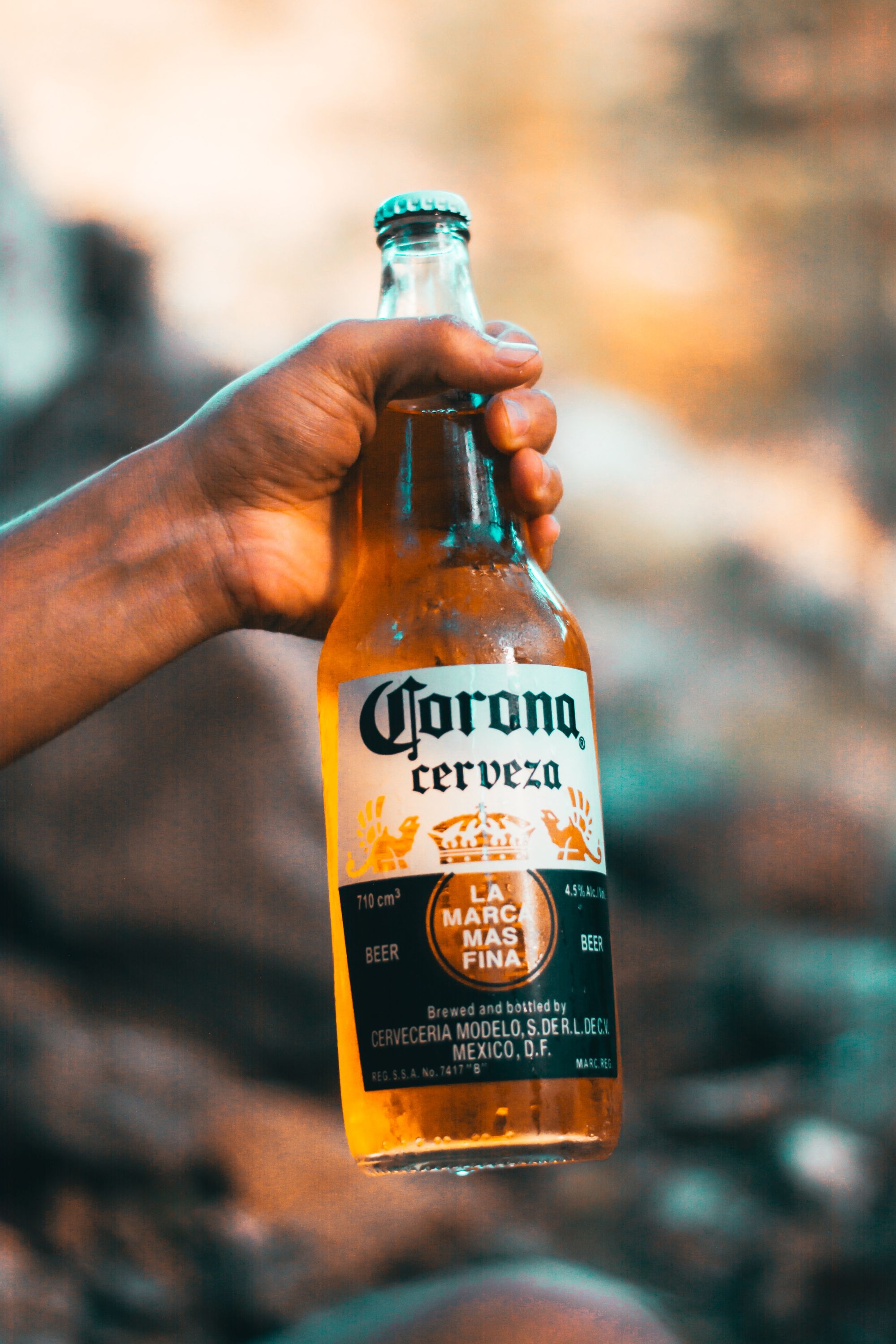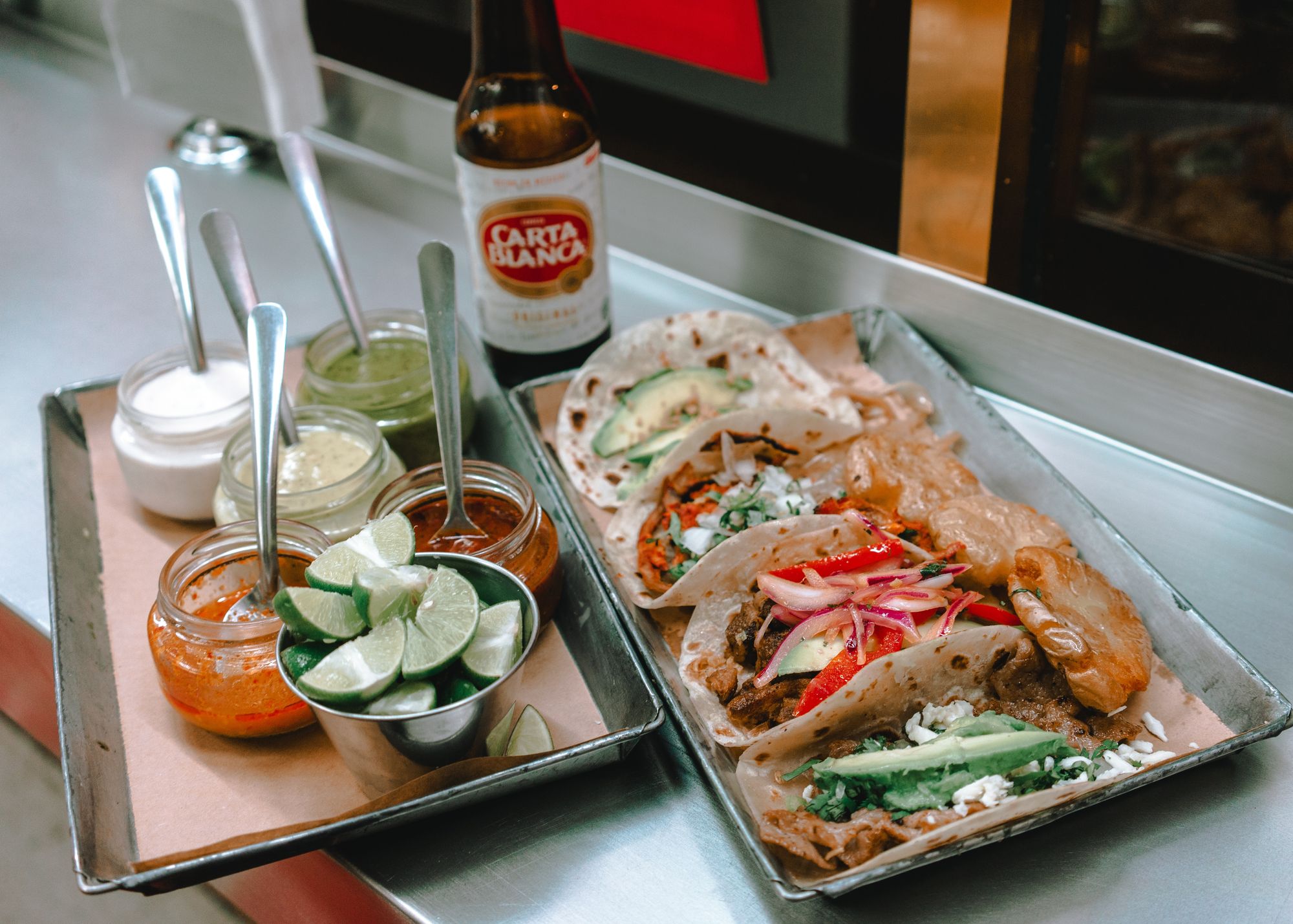The debate over packaging beer in bottles versus cans has been a longstanding one, fueled by a mix of tradition, practicality and perceptions about quality. Both options have their merits and aficionados of each camp are quick to defend their preferred choice. In this comparison, I’ll delve into the various aspects that impact the quality of beer in bottles and cans, explore the reasons behind preference and speculate on the future of beer packaging. First, here is a brief history.

Beer probably was first bottled in the late 16th century and is attributed to Alexander Nowell, a Dean of St. Paul’s Cathedral in London, England, who went on a fishing trip and took a bottle of ale. Unfortunately, he left that ale in the sun and it carbonated and exploded, causing Nowell to wonder if beer could be bottled and sold. That in fact, that did happen in the 17th century as stronger glass bottles were created that could withstand the pressure of carbonated beer. The first commercial brewery to bottle beer was the Whitbread Brewery in London, which began bottling beer in 1675.
The American Can Company had been experimenting with canned beer since 1909, but it wasn’t until Prohibition ended in 1933 that they were able to develop a can that was strong enough to withstand the pressure of carbonated beer. The first canned beer was sold in 1935 by the Gottfried Krueger Brewing Company in Richmond, Virginia. The cans were made of steel and had a flat top. To open them, you had to use a church key.
Canned beer was an immediate success. It was lighter and more portable than bottles. By the end of 1935, over 100 breweries in the United States were canning beer. Today, canned beer is the most popular type of beer in the world. It is estimated that over 70% of the beer sold in the United States is canned.

Let’s take a look at quality considerations. Exposure to light and oxygen are a major reason why beer can develop offensive flavors. Beer bottles typically are made of dark glass which provides protection against light exposure, which can lead to the degradation of hop compounds, creating “skunky” flavors. However, clear or green bottles offer less protection against light. Cans offer near perfect protection against light and oxygen, shielding the beer from harmful elements that can affect its quality.
Considering the integrity of the package, traditional bottle caps provide a reliable seal, but they can become susceptible to air leakage over time, leading to oxidation and stale flavors. Modern canning technology allows for an airtight seal that preserves the beer’s freshness and carbonation, minimizing the risk of oxidation.
Glass bottles are slower to cool down or warm up, potentially affecting the beer’s temperature-sensitive flavors. Aluminum chills quickly and is less affected by temperature changes, ensuring the beer’s flavor remains consistent.
As for convenience, that depends on the circumstances. Cans are lightweight, unbreakable and able to be stacked, making them ideal for outdoor activities and events where glass may not be allowed. Bottles are often associated with a traditional and premium feel, often preferred for formal settings or when the ritual of bottle-opening is part of the experience.

Aluminum cans have a smaller carbon footprint in terms of production and transportation. Glass bottles are heavier and require more energy to produce and transport, but they often are seen as a more premium and environmentally conscious choice when made from recycled glass. The durability of bottles makes them less likely to get damaged during shipping or handling. Bottles can be reused, another plus for the environment.
Can designs have evolved, allowing for creative and eye-catching artwork that covers much of the surface of the can. There now are contests that recognize the creativity of the art that adorns many cans. With shelf space at packaged goods stores limited, eye-catching labels can be a factor in a consumer’s decision-making process. However, as was mentioned previously, glass bottles have a classic and elegant appearance, and their labels often carry a sense of heritage and craftsmanship.
A final component to be considered is the perceived taste of a beer in cans versus in bottles. The glass bottle is considered to be inert, having no impact on the beer’s taste. Some argue that a metallic taste from the can subtly influence the beer’s flavor. Cans used for packaging beer are typically treated to prevent a metallic taste from leaching into the beer. The inside of aluminum cans is coated with a food-grade, water-based polymer lining. This lining acts as a barrier between the beer and the aluminum to block direct contact, preventing the beer from picking up any metallic taste from the can.
Aluminum cans are passivated before the interior coating is applied. Passivation is a chemical process that involves treating the aluminum surface with an acid or alkaline solution. This process removes any impurities and forms a protective oxide layer on the aluminum, reducing the potential for interaction between the beer and the metal. Quality control measures are implemented to ensure that the coating and passivation processes are carried out correctly and consistently. This helps maintain the integrity of the can’s interior and prevents any metallic contamination.
It is important to note that modern canning processes have become highly advanced and the vast majority of canned beer does not have any noticeable metallic taste due to these preventive measures. However, in rare cases where there is an issue with the canning process or quality control, some consumers may detect a metallic taste. If you encounter this problem with a specific brand or batch of canned beer, it is advisable to contact the brewery or manufacturer for assistance to report the issue.
As for the immediate future, it seems as though there is a definite preference for brewers to continue to shift towards canning. With the advancements in canning technology, breweries are increasingly recognizing the benefits of cans in preserving beer quality and meeting consumer demands for convenience and sustainability. Additionally, the growing popularity of craft beer has contributed to the move to cans, as smaller breweries find them more cost-effective and versatile for experimental brews. While bottles will never completely disappear due to their historical significance and premium appeal, the market share of beer in cans is expected to continue growing.






